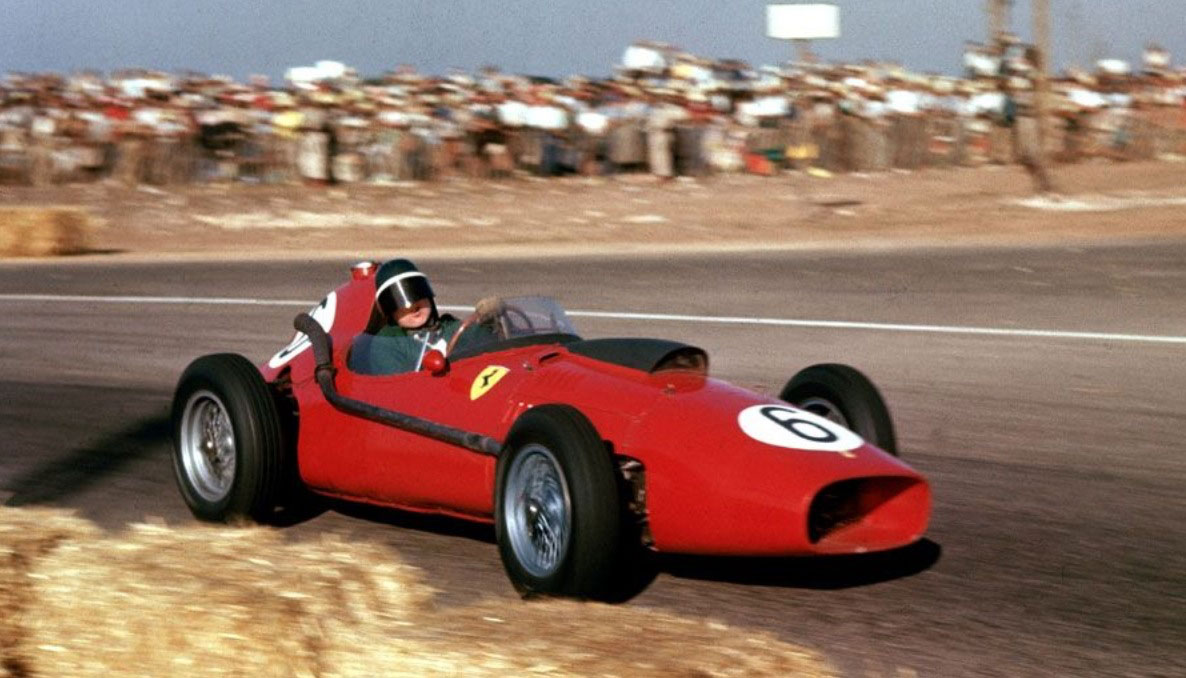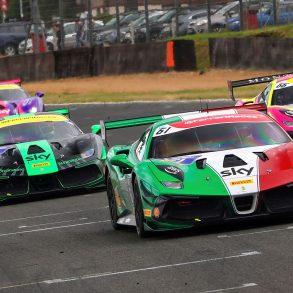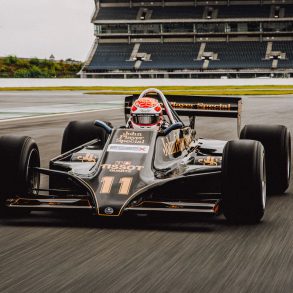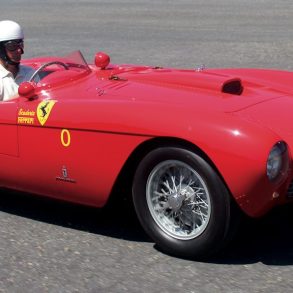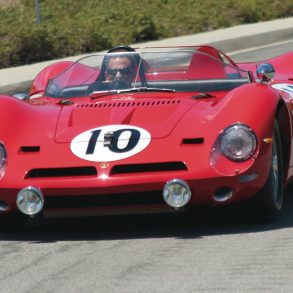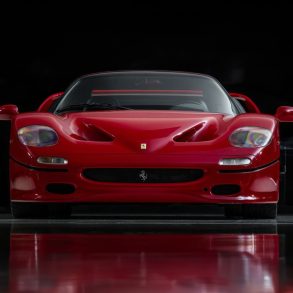Ferrari Dino 246 F1
Car: Ferrari Dino 246 F1 / Engine: Dino Type 246 65º V6 / Maker: Ferrari / Bore X Stroke: 85.0 mm x 71.0 mm / Year: 1958 / Capacity: 2,417 cc / 147.5 cu in / Class: Formula 1 / Power: 275 bhp / 205 KW @ 8,500 rpm / Wheelbase: 2160 mm / Track: Front: 1240 mm Rear: 1240 mm / Weight: 575 kilo / 1,268 lbs
After going winless last year a new car the Ferrari 246 F1 was introduced in 1958 for that year’s Formula One World Championship. The regulations came into effect which limited naturally aspirated engines to 2500 cc and banned the use of alcohol fuels in exchange for AvGas (aviation gasoline). The length of races was also reduced from 500km or three hours to 300km or two hours.
The Vittorio Jano designed car would use a Dino inspired 2417 cc V6 engine with a 65° angle between the cylinder banks. Breathing through three double Webers, the small displacement engine produced 275 bhp. This was the first use of a V6 engine in a Formula One car and was designed from the ground up to run on AvGas while the Vanwall and BRM engines needed to be extensively modified. The car otherwise was a fairly conventional front-engine design. Suspension was by wishbones at the front and a DeDion axle at the rear, and like Maserati, Ferrari still relied on drum brakes to provide the stopping power.
The opening race of the season was the Argentinean Grand Prix. Three Ferrari cars were ready and driven by Musso, Collins and Mike Hawthorn. Many of their competition had boycotted the race claiming the new regulations were unfair and had been imposed too late. Stirling Moss, did take part driving a 2-liter four-cylinder Cooper ‘Special’ which would prove to be the quickest of the day and win the race. The following three races were won by Ferraris, tough they were non-Championship events. In many of the races that followed, it would be the mid-engine Coopers or the Vanwalls that crossed the finish line first. The Dinos, on the other hand claimed only two victories and suffered from significant understeer due mostly to the brakes and the chassis. To compensate for a lack of outright speed Hawthorn managed to retire only two times and besides a victory at the French Grand Prix at Reims collected five second place finishes.
This consistency earned him enough points to beat Moss for the Driver World Championship. In the Constructor’s Championship though Vanwall’s six wins proved the most of any team giving them the title.
The Ferrari 246 was not only the first V6-engined car to win a Formula One Grand Prix, it was also the last front-engined car to win a Formula One Grand Prix. This occurred at the 1960 Italian Grand Prix at Monza, where with the World Championship settled in favor of Jack Brabham and the Italian authorities deciding that the Italian GP would be held on a combined road/oval course, all of the major British works teams boycotted the event due to alleged safety reasons. The race was dominated by the works Ferrari D246s and Phil Hill who led Ferrari 1-2-3. In 1960, the Ferrari 246 designation was also used for the first mid-/rear-engined Ferrari, the 246P Formula One car (using same Dino V6 engine of 2417 cc), and then again in 1966 for Ferrari’s first three-litre era Formula One car.





